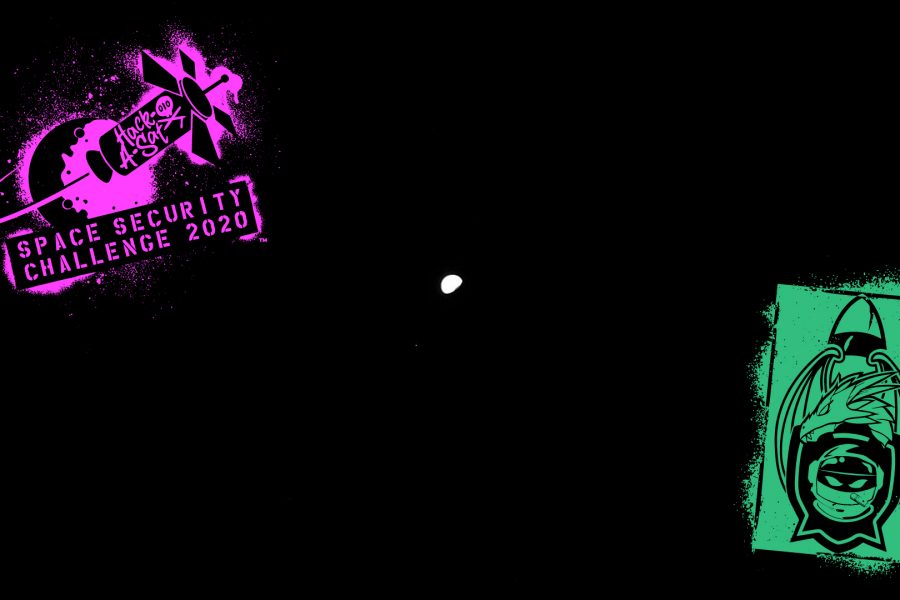Hackers took control of a Department of Defense satellite on Aug. 9.
Hacking into the satellite was the final challenge of “Hack-A-Sat,” a competition run by the Air Force and DOD’s Defense Digital Service intended to spur interest in aerospace cybersecurity.
“Space is an increasingly important contributor to global economies and security,” Will Roper, assistant secretary of the Air Force for acquisition, technology, and logistics said in an Aug. 3 press release. “Letting experts hack an orbiting satellite will teach us how to build more secure systems in the future.”
Eight finalist teams completed a series of five challenges that culminated in taking control of an active satellite to take a picture of the moon.
Teams could be made up of any number of people as long as they included at least one U.S. citizen or permanent resident and did not include anyone on the Department of the Treasury’s Specially Designated Nationals list. Teams could be independent groups of people or sponsored by an academic institution or company.
Over 2,000 teams made up of 6,000 individuals participated in a qualification event in late May. The eight highest-scoring teams moved onto the competition, which was held Aug. 7-9.
The Air Force and DOD collaborated with DEF CON Safe Mode, an annual hacking convention that meets in August each year. While usually an in-person event, the conference was virtual this year due to COVID-19 concerns.
The Defense Department has been inviting friendly hackers to penetrate its networks since the first Hack the Pentagon event in 2016. The Air Force followed suit a year later, launching its first-ever Hack the Air Force event in May 2017, but this is the first such program specifically targeting space assets. Lauren Knausenberger, U.S Air Force director of cybersecurity innovation, in March announced a blanket purchase agreement worth up to $75 million, allowing Air Force program managers to call in hackers for hire to test the service’s computer systems.
Beyond the hacking competition, the “Hack-A-Sat” contest included various talks and workshops about cybersecurity in aerospace.
“In bringing together two often perceived at-odds communities—the DOD and hackers—the department aims to tackle the unforeseen security risks in aerospace systems, attract security research talent and influence a more resident design and development process for future assets,” according to an Aug. 3 Air Force press release.
Editor’s note: This story was updated Aug. 21 to reflect the correct spelling of Lauren Knausenberger’s name.
